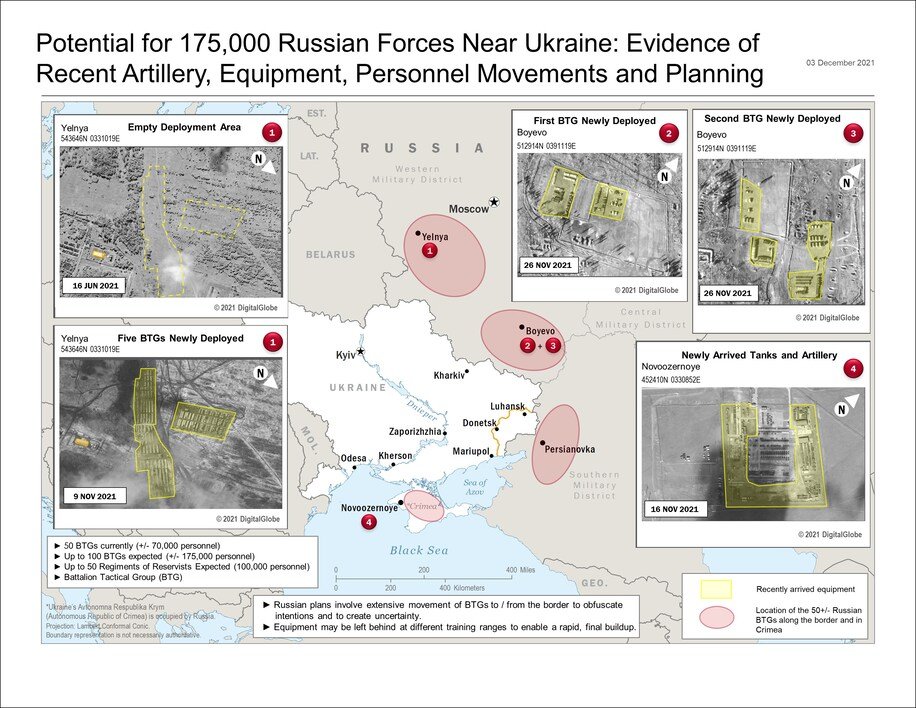
Not sure what "major change" means, but there is evidence Russia is continuing to send units and equipment near Ukraine, which I assume will continue. The "red line" from the US is a Russian invasion, but not a Russian enhanced military posture with more reinforcements.
https://twitter.com/idreesali114/status/1468985423326232576
Unless Biden announced major concessions during his conversation (which was never likely), the Russian buildup was always going to continue. Putin said he thinks there is value in keeping up tensions. We should expect to see an enhanced Russian mil force near Ukraine for months.
Russia has deployed much if not most of a Central Military District combined arms army near Ukraine. Until it leaves, Russia will have an enlarged military presence, and it would be costly to move it back and return it to Ukraine if the situation worsens. Easier to leave it.
Maintaining an enhanced military posture near Ukraine should be considered the default option until the summer or later. It isn't that costly, serves a purpose, and keeps Putin's options open. Reducing it would limit Moscow's options, which would only happen if something changes.
• • •
Missing some Tweet in this thread? You can try to
force a refresh











